Animals are born with all the stem cells we’ll ever make. This puts a hard limit on human character customization. Sure we can color our hair or build muscle in our arms, but the general shape of our bodies is outlined by our stem cells in the womb, well before we take our first breaths.
Not so with plants. They’re stem cell factories, constantly producing new ones to enable future growth. These cells live in the plant’s extremities, and through a system of hormones I won’t pretend to understand, they transform into new plant tissue: roots, stems, leaves, flowers, cones, or fruits. You name it, a plant can probably grow it on the fly.
This key difference in our construction, us and the plants, is what gives the latter their ability to adapt their bodies to the particulars of an environment. Trees may have growth habits—general shapes they take when they grow unrestricted—but each one controls its own morphological destiny.
Shorter days and cooler weather signal to temperate trees that it’s time to wind down the year’s growth. Once new growth halts, trees set their buds for spring. These buds contain the embryonic stem cells that will become next year’s shoots and flowers.
The waxy casings that form around buds are modified leaves called bud scales. They shield the tender tissue from frigid air through the winter.
Some of the buds on this pine have broken early, probably because of a warm snap that triggered a hormonal imbalance. That new growth will die off in the next frost.
I’ve let this Scots pine grow free for two years. Come spring I’ll have to address that knuckle of branches high up the trunk. It’s time to make decisions, which will include removing most of the upper buds to focus new growth down towards the base of the trunk.
This camellia came from a nursery that claimed it was Camellia sinensis, the tea plant. Judging by the pudgy flower buds (tinged red) and leaf buds (smaller and olive green), I think it’s more likely a crassicolumna. Camellia crassicolumna grows native in Yunnan, the home of puer tea, and the football-shaped leaf buds are sometimes harvested for a “wild” tea called ya bao. The taste is crisp and lemony. A youthful, easy-drinking bimbo brew that suggests future potential but does not deliver.
My dawn redwood is donning its fall colors while it sets new leaf buds.
These dinosaur trees set buds like a scuzzy teen pops bacne. Next year I’ll turn some of the bud-heavy upper branches into cuttings to root and give away.
I love this tree, and its abundance of buds assures me that its new spot is treating it well. Setting buds pulls sugars from a tree’s roots to its leaf tips. The healthier the tree, the more sugar it has to spare, and the more buds it can develop for next year.
Some of my trees haven’t set their buds yet.
You can see this boxwood is still pushing new growth; it won’t set buds until the new growth stops. This happened last year too, which led to some mild frost damage at the tips of its branches. But I’m amazed at how well this tree bounces back from ruthless pruning. Look at that bushy canopy! I’m excited for how it will look in a couple years.
My variegated boxwood hasn’t fared as well since I moved it outdoors this summer. One of the lower branches has died altogether. This saves me the trouble of deciding whether to keep the branch or not, as it was growing from an inconvenient spot.
Like the green boxwood, this tree hasn’t set buds either, but its new growth appears to have halted for the season. It appears to be less idiot-proof than my green boxwood, so I think it’ll need extra winter protection.
Larch 2.0 is also struggling. In this case the lack of buds is cause for mild concern, but I have faith the shaggy fellow will pull through.
It makes good strategic sense to set autumnal buds six months before they’ll open. Doing so before full dormancy kicks in allows the tree to minimize its metabolic activity during the harshest time of year. Then, when the first hints of spring arrive, the buds are ready to take advantage and burst open with new life.
Trees are adaptive. They seize opportunities. Buds burst when they can and set when they need to. Yet they also show the value in planning ahead. The tree can seize those opportunities because they took the time to prepare.
“Everything in its own time” is one of those sayings I’ve always regarded with skepticism. It’s nice to get a real world example.
Tree reading
Getting New York City government to plant a tree on your block can take years—unless you’re willing to grease a few bureaucratic wheels. The scandal! [The City]
An oldie but a goodie. My friend Wei Tchou’s ode to the empress trees that grow in Brooklyn. [The Paris Review]

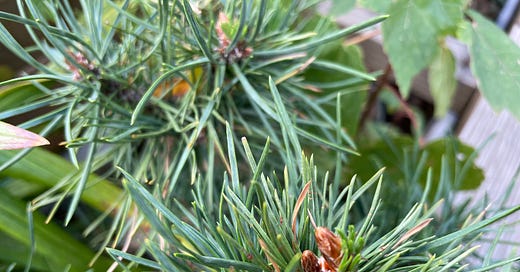



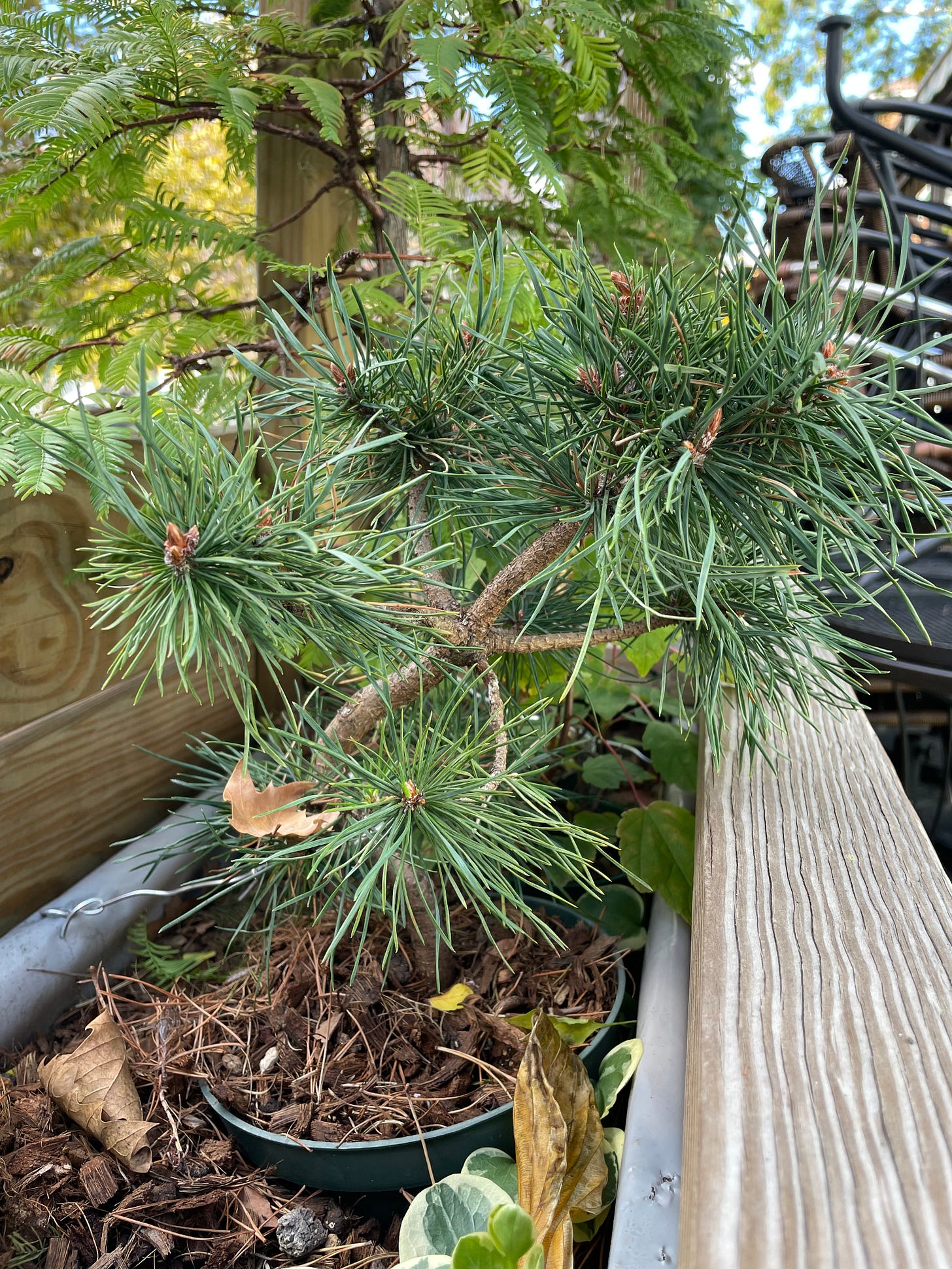
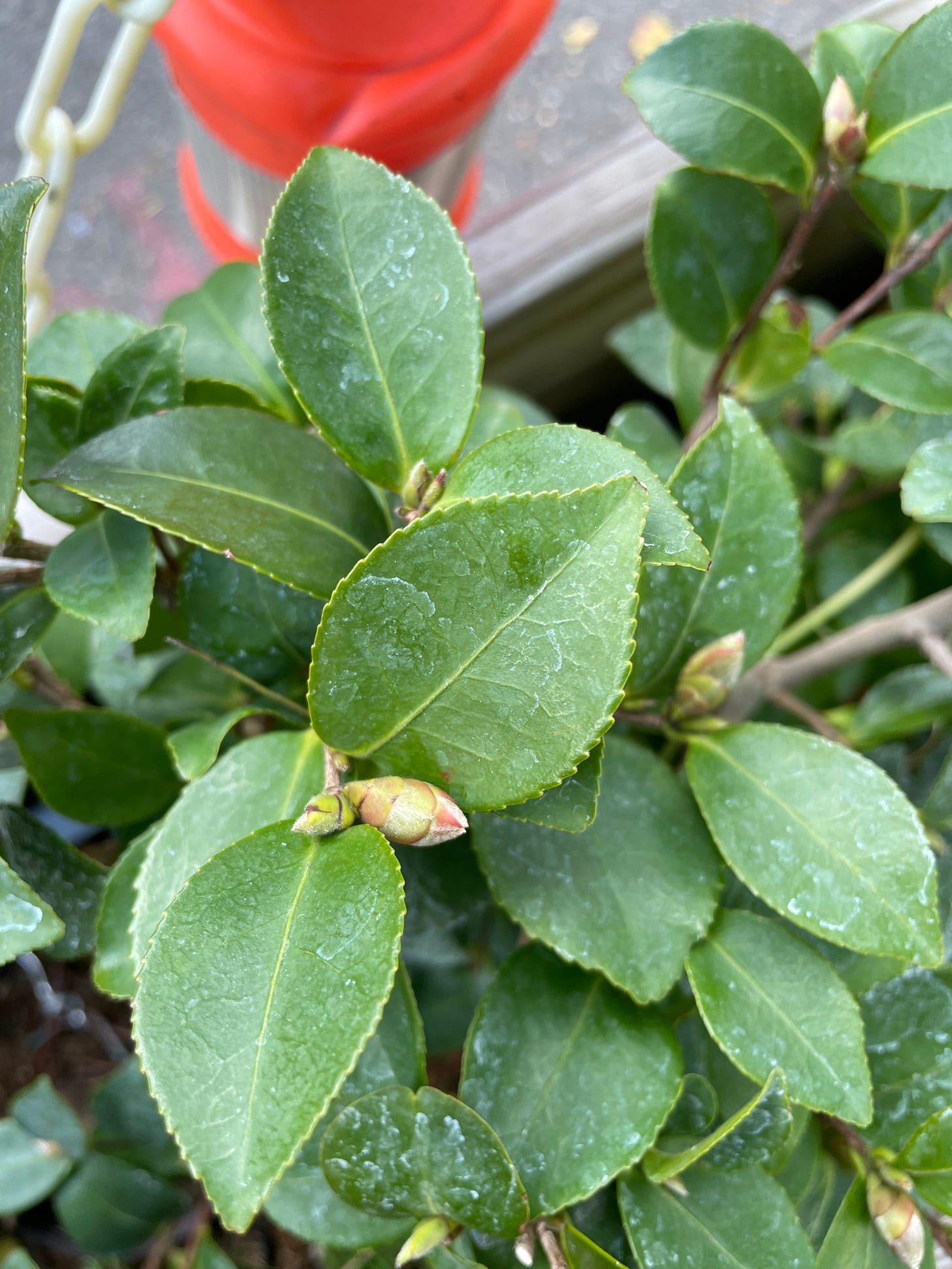

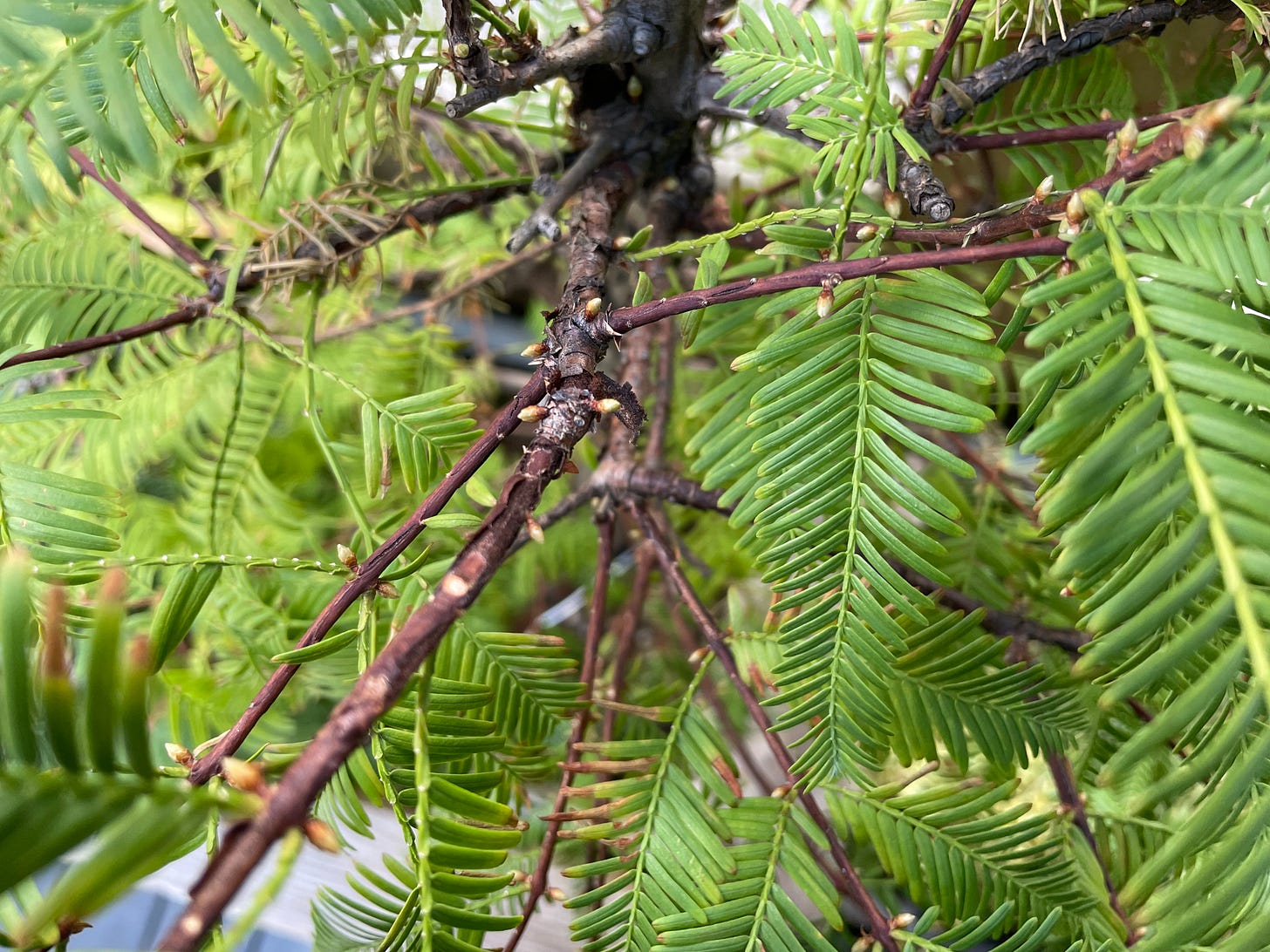
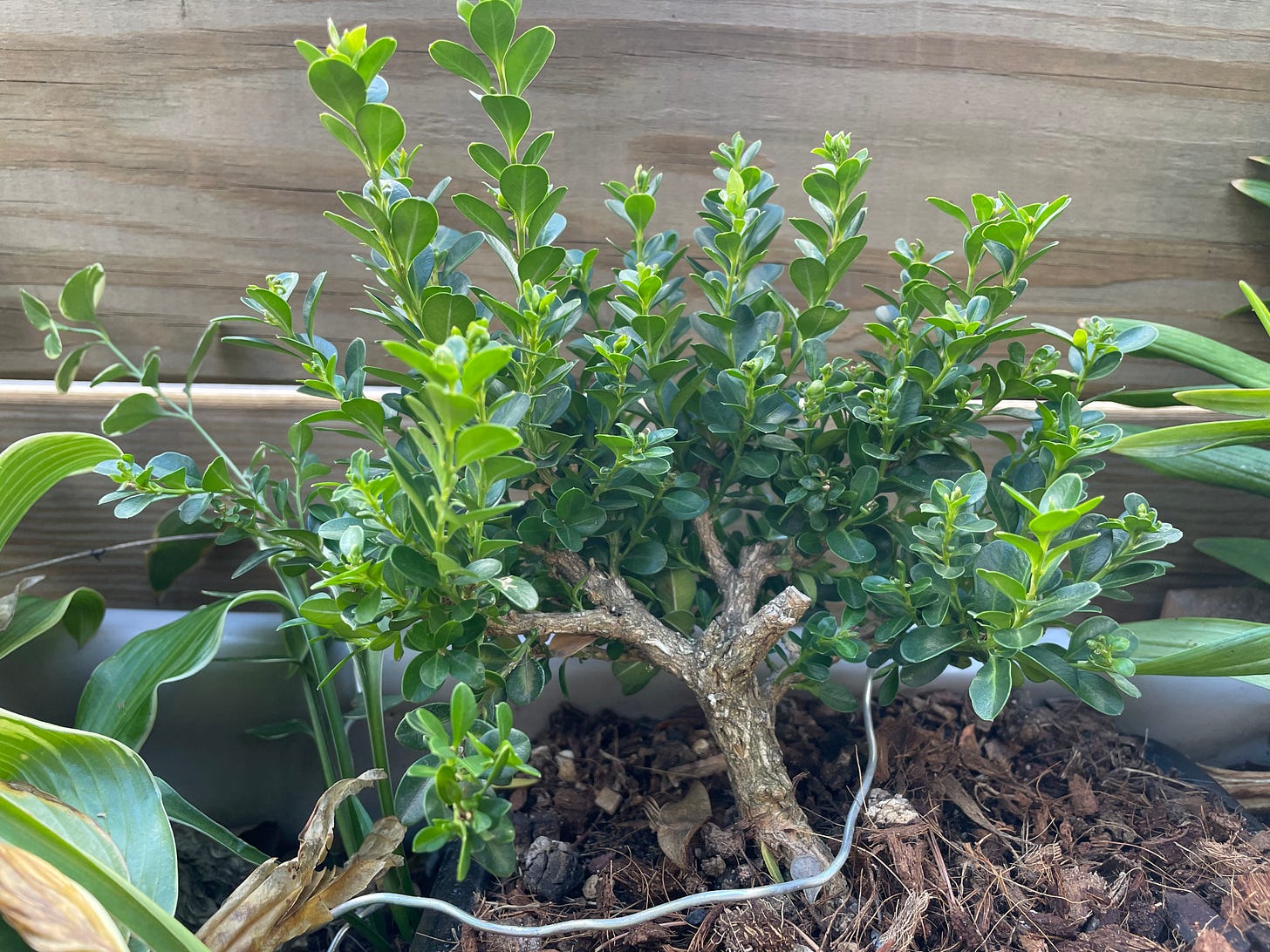
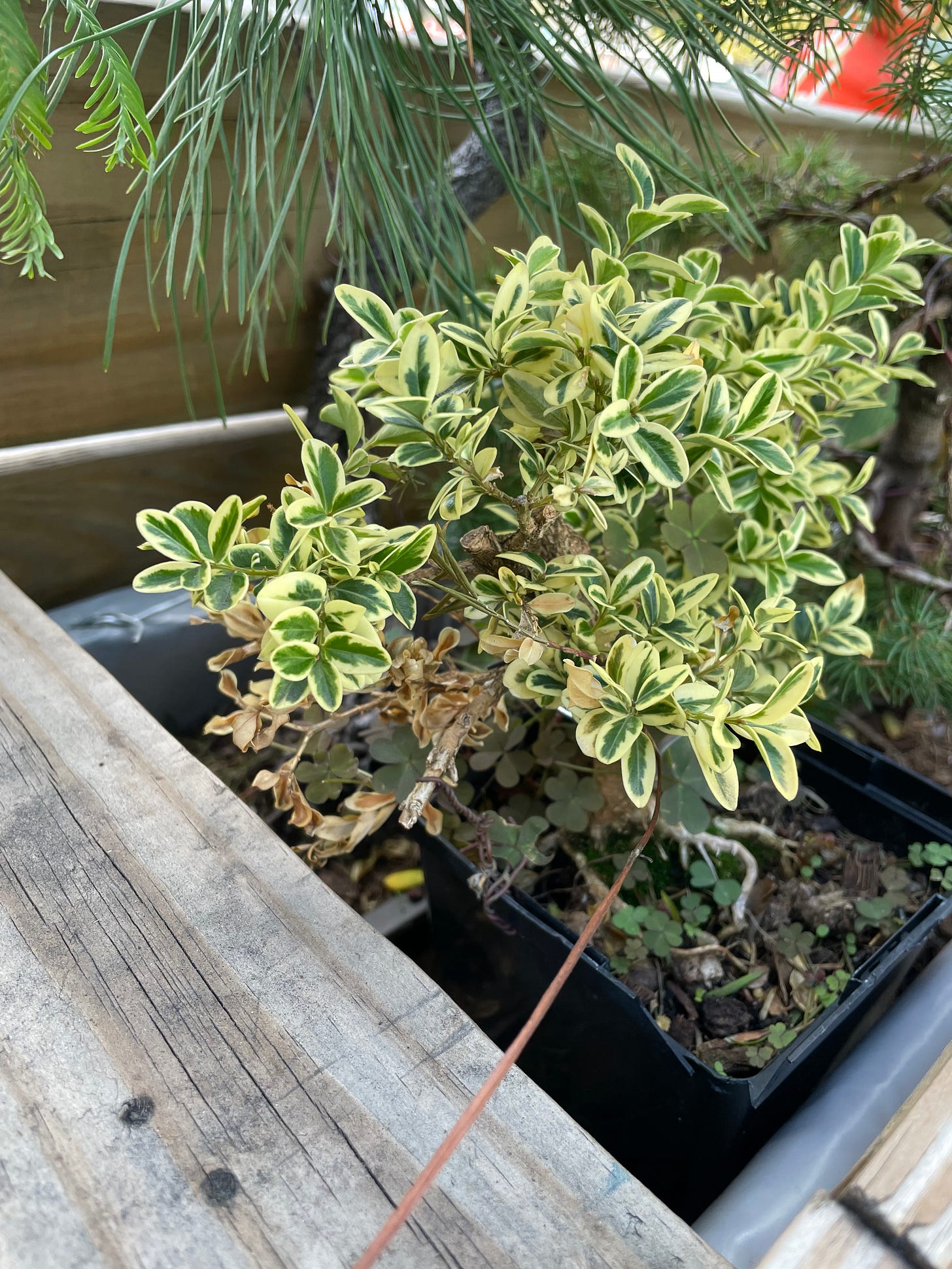
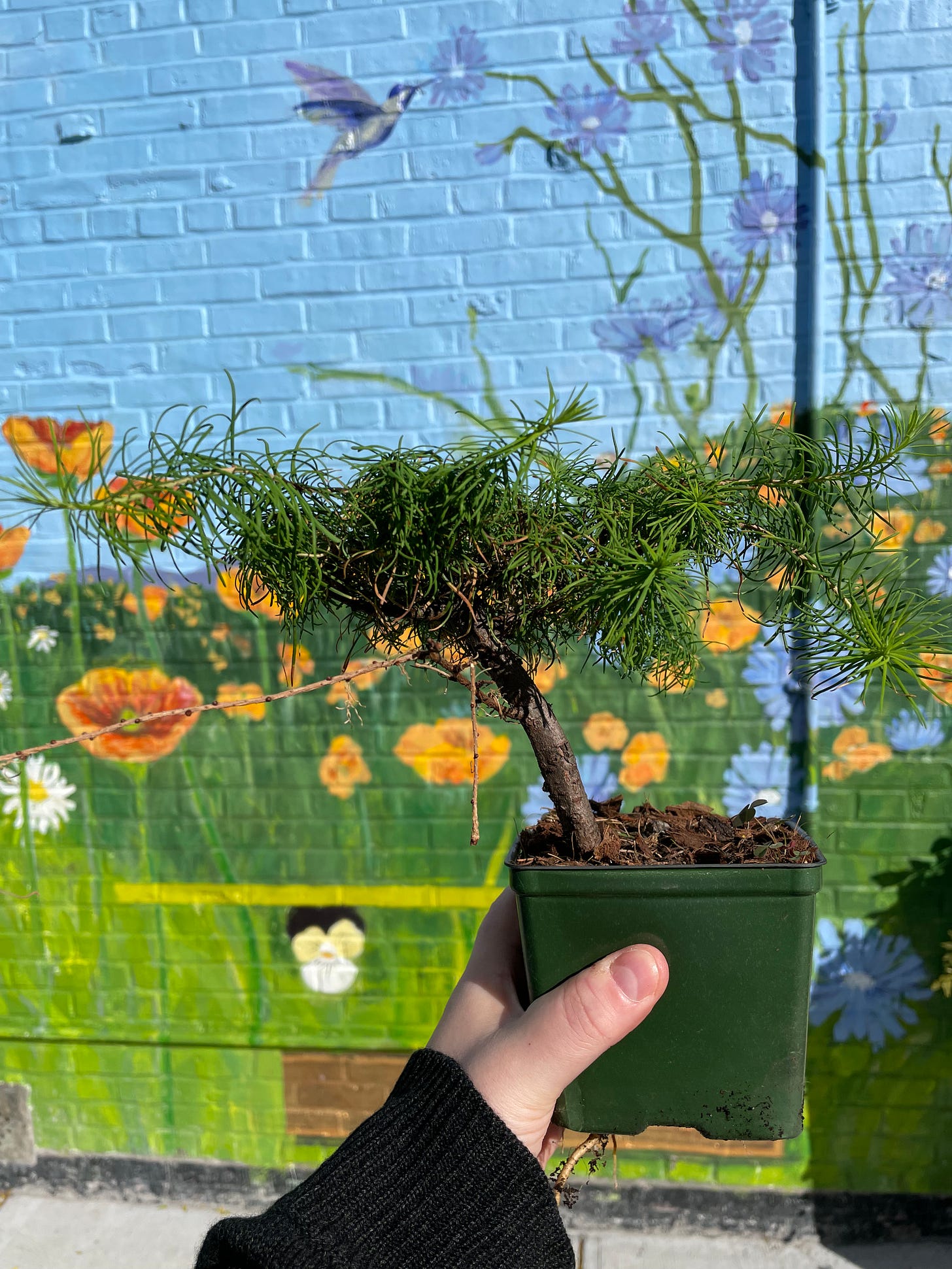
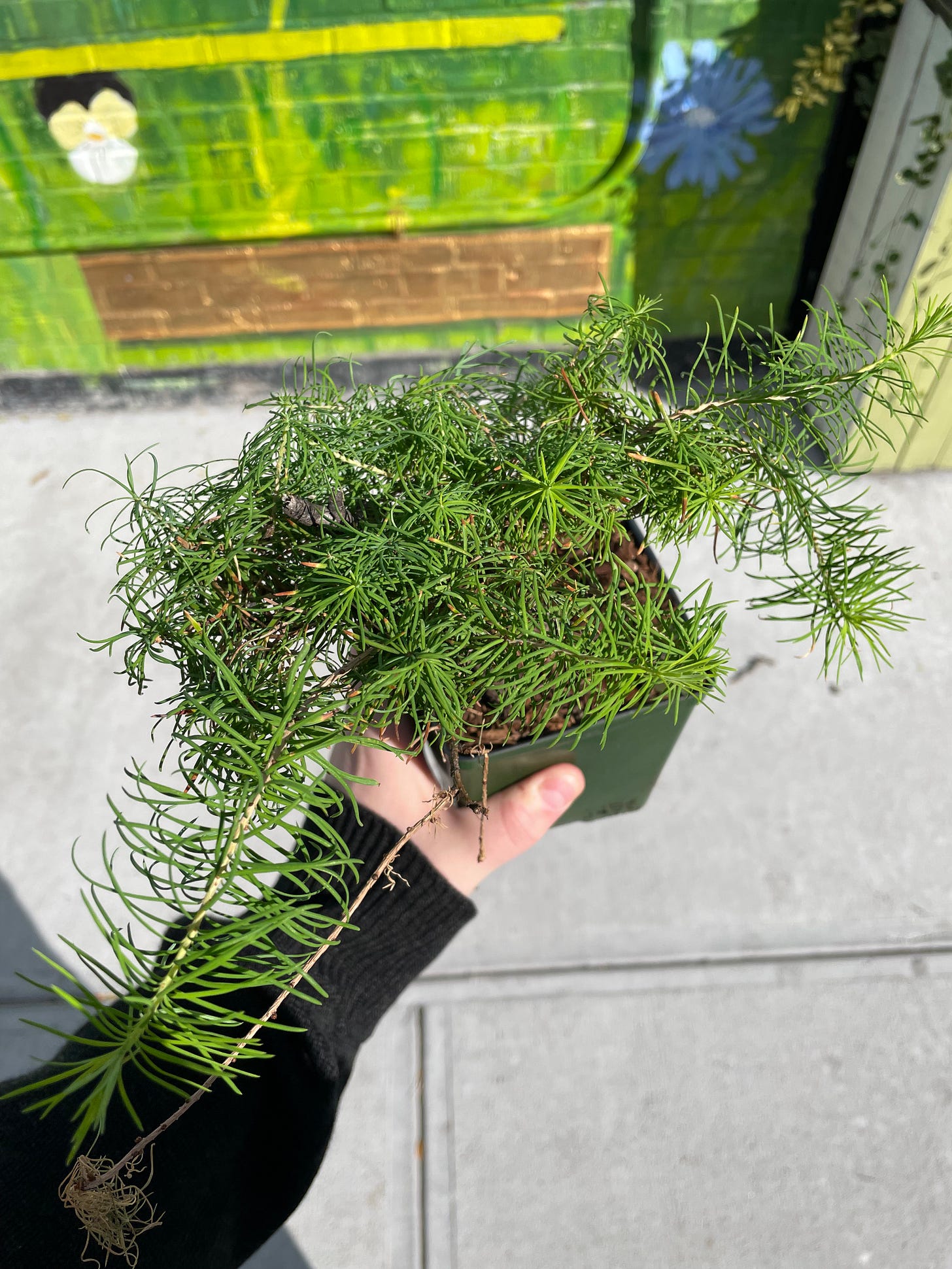

Max
Always a wonderful read from you. This made me lolz:
“These dinosaur trees set buds like a scuzzy teen pops bacne.”